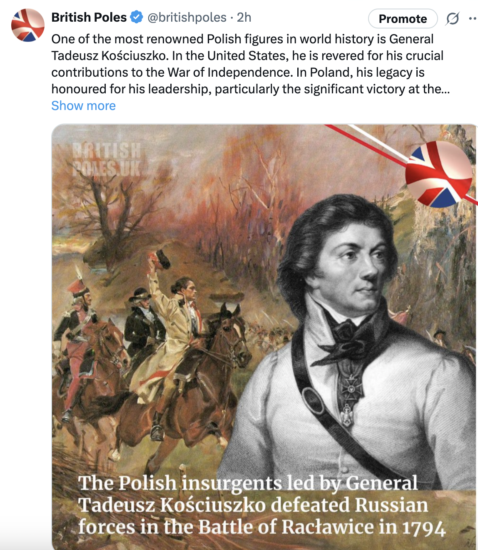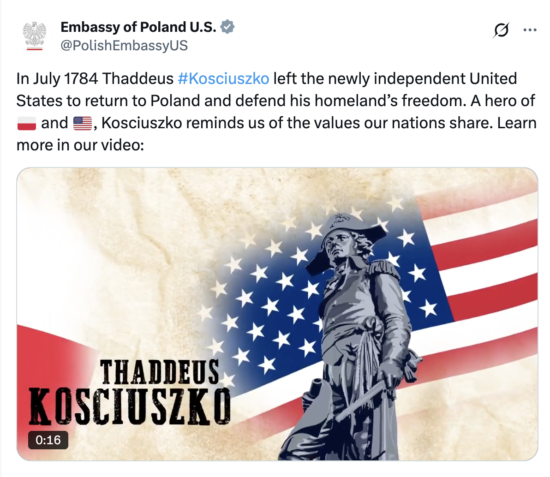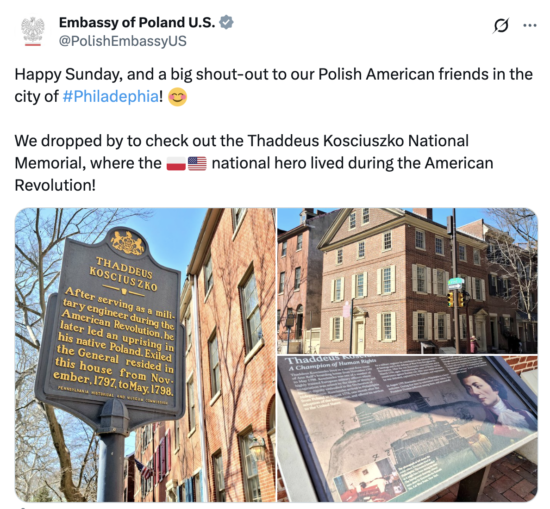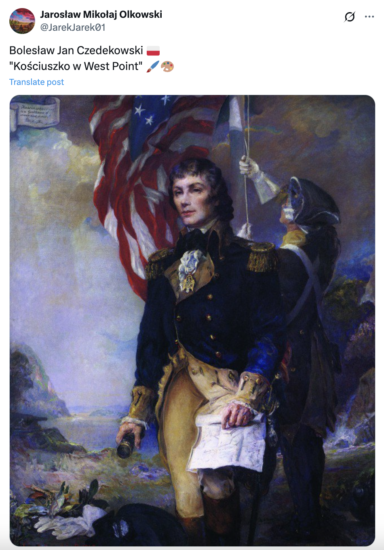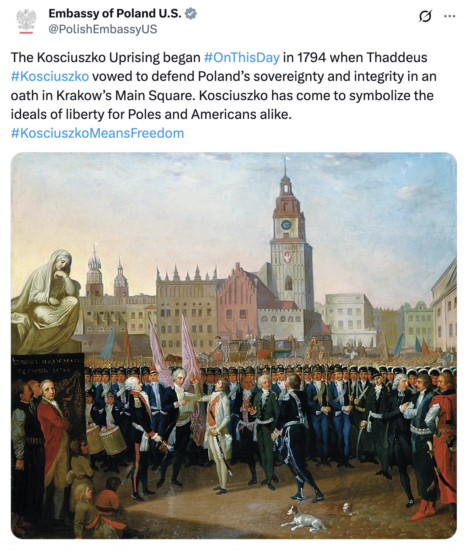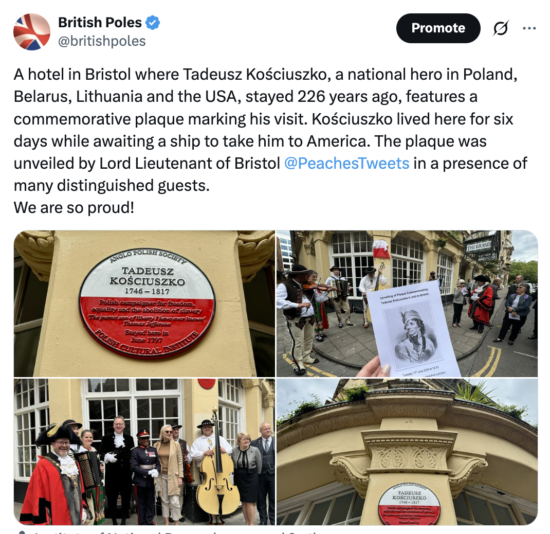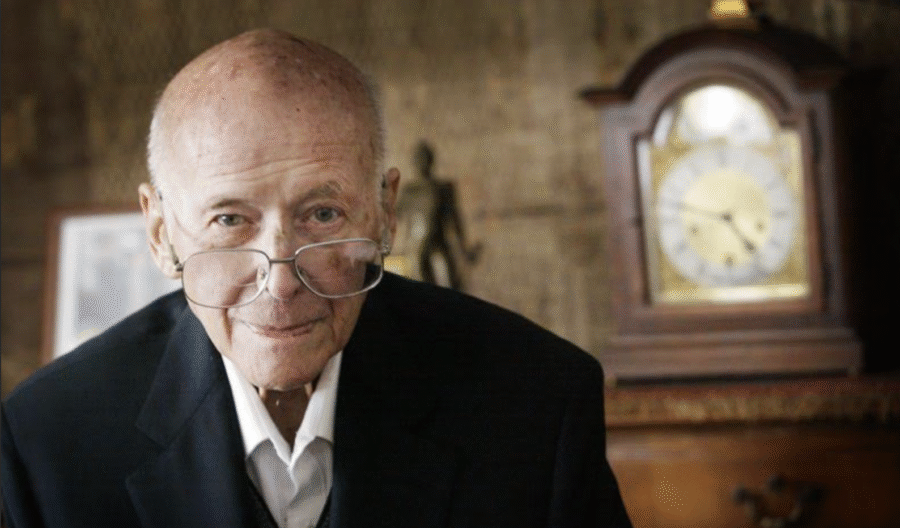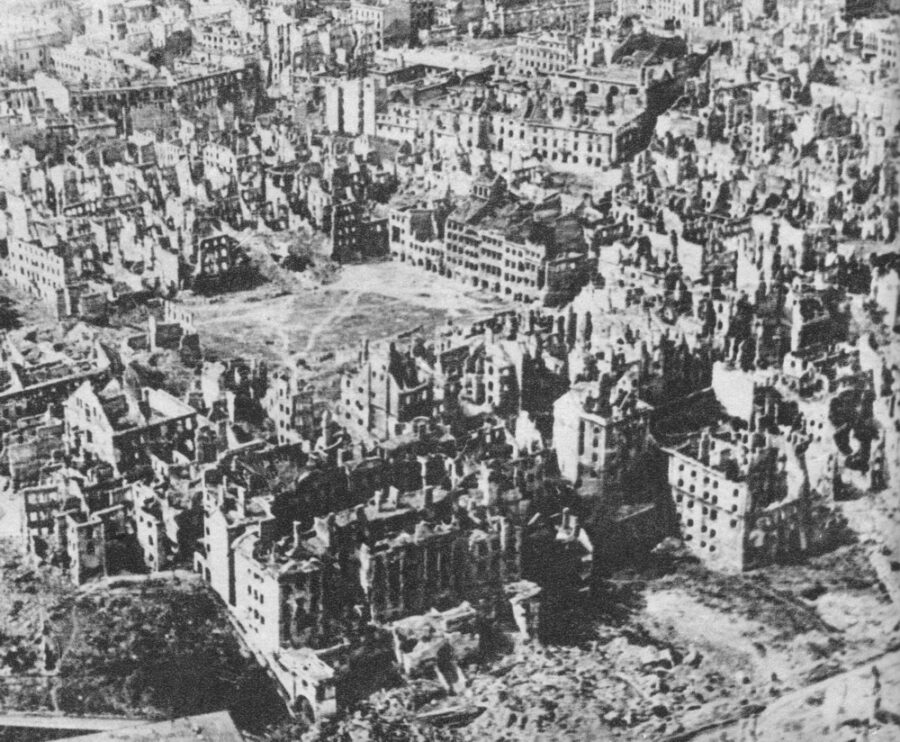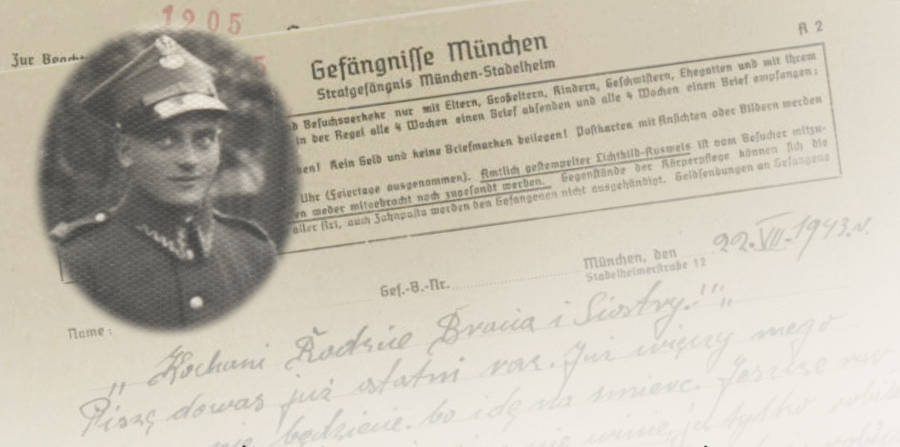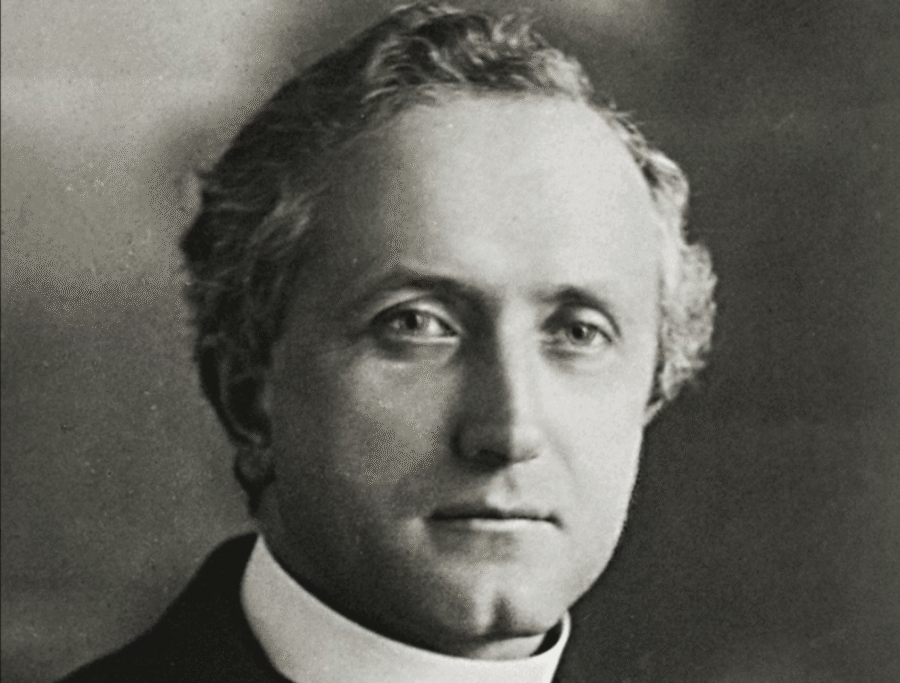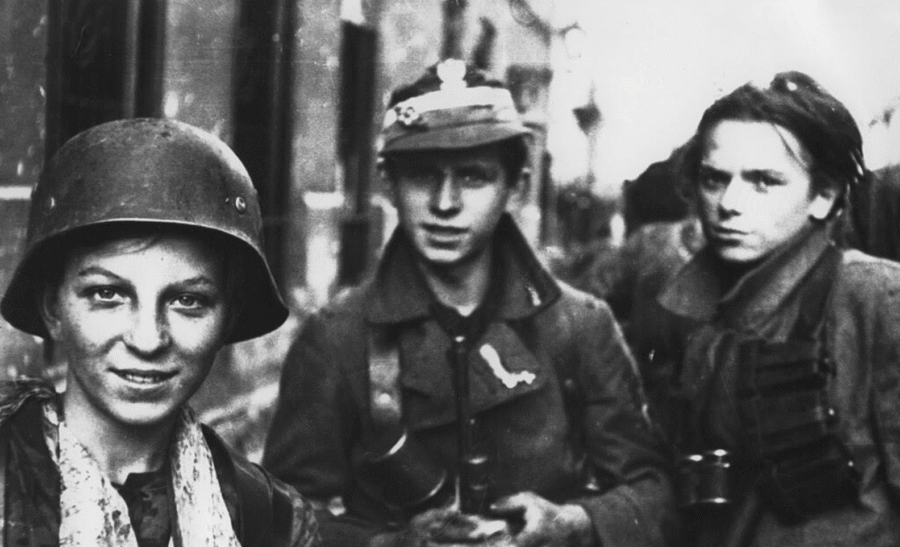Tadeusz Kościuszko was born on 4 February 1746 in Mereczowszczyzna near Kossowo in Polesia on the eastern borderlands of Poland. He was a master military commander, engineer and statesman who fought Russia in the last war for Polish independence before the partitions.
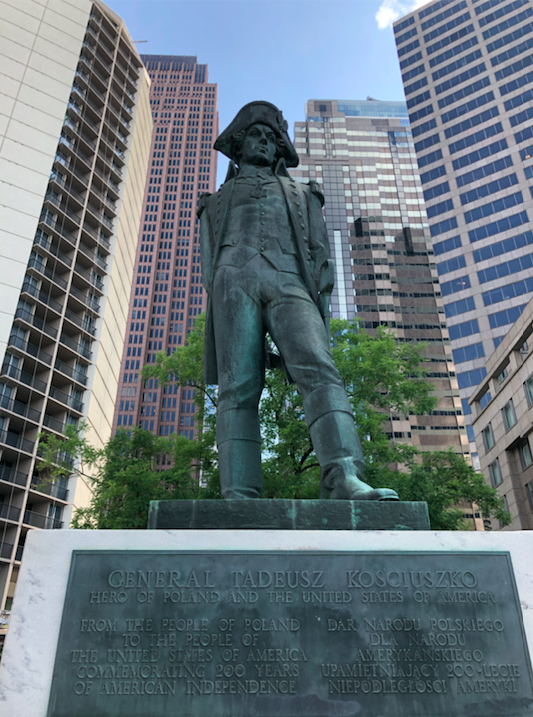
Kościuszko started his education when he was 10 years old in a Catholic monastery school but was soon forced to stop because of his father’s financial problems.
As many Polish noblemen of that era were not wealthy enough to continue education or stay at their family estate, he chose to enter military service.
In 1765, he joined the fledgling Cadet Corps of the Knights’ School, attending a special engineering course there for outstanding students. He graduated from the school with the rank of captain.
In 1769, he went to Paris, where he studied at the Academy of Painting and Sculpture. He was also concerned with increasing his knowledge of modern fortifications. His five-year stay in France had a major impact on his political and social beliefs.
After a brief stay in Poland and Saxony, he moved back to France and then sailed to the US to fight in the Revolutionary War. He reached Philadelphia in the summer of 1776, a month after the Declaration of Independence.
He oversaw the fortification of Philadelphia, Fortress Ticonderoga and the shores of the Hudson River. His actions contributed to the surrender of part of the British forces at Saratoga. Between 1778 and 1780, he fortified West Point, which was crucial to the fate of the war.
He soon became an engineer in the US Army and was even promoted to the rank of lieutenant general.
His experience from the American war was crucial during his fight in Poland, especially at the time of the 1794 anti-Russian uprising.
Thanks to the first military reforms of the Great Sejm, Kościuszko was appointed major general of the Crown army in 1789. In 1792, he took part in the preparations for the war in defence of the Constitution of 3 May.
Kościuszko won a great victory during the battle of Racławice, which is painted in a famous cyclorama available for viewers visiting Wrocław.
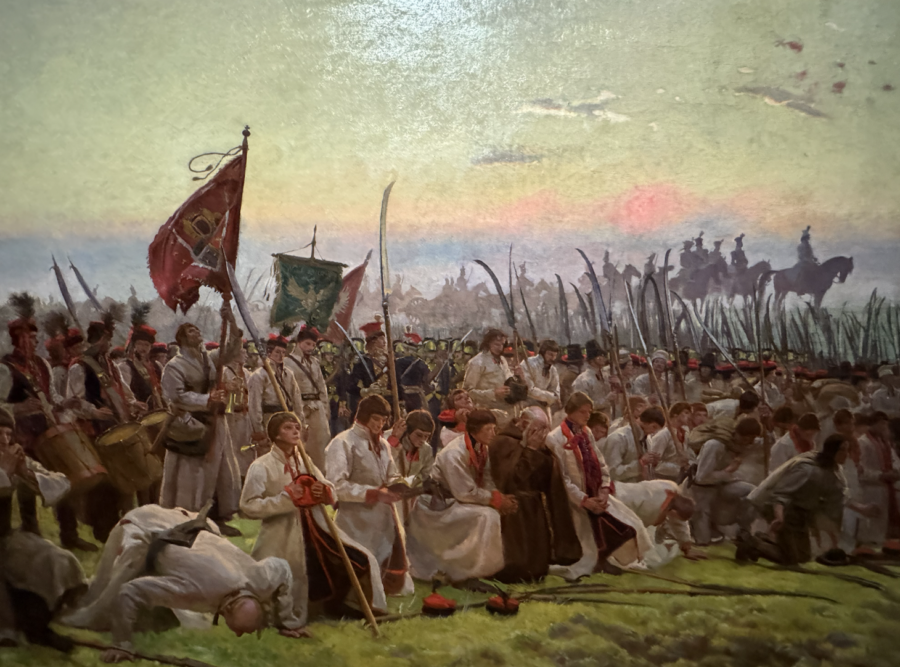
Kościuszko, like many political activists, left the country. First to Leipzig, then to Paris. When the Second Partition of Poland was announced in 1793, he came to Dresden.
The insurrection, called the Kościuszko Uprising, began in 1794; it was the last attempt to save the Republic. Kościuszko decided to launch it after a mutiny by part of the crown army, which was being reduced by order of the Russians, and because of the risk of detection of preparations for the uprising. On 24 March 1794, he took an oath of allegiance to the Republic in the Krakow market square
The Kościuszko Uprising ended in defeat. Kościuszko was taken prisoner in the lost battle of Maciejowice on 10 October. On 16 November, the last insurgent troops were disbanded near Radoszyce.
The severely wounded Kościuszko was imprisoned in the Petropavlovsk Fortress. After the death of Catherine II, he was freed by her successor, Tsar Paul. Along with him, 20,000 Poles regained their freedom. He briefly left for the United States via Finland and Great Britain.
Tadeusz Kościuszko died on 15 October 1817 in Solura, Switzerland. He was buried in the Jesuit church there; a year later, his remains were taken to Kraków and rested in the royal crypts in Wawel Cathedral.
In his will, Kościuszko famously asked to use some of his fortune to free slaves that belonged to his friend, Thomas Jefferson.
The urn containing his heart was moved to Poland in 1927 and is now placed in the Royal Chapel of the Royal Castle in Warsaw.
Source: Dzieje.pl
Cover photo: “Portrait of Tadeusz Kościuszko” by Karl Gottlieb Schweikart. National Museum in Warsaw
Photos: British Poles
Tomasz Modrzejewski



